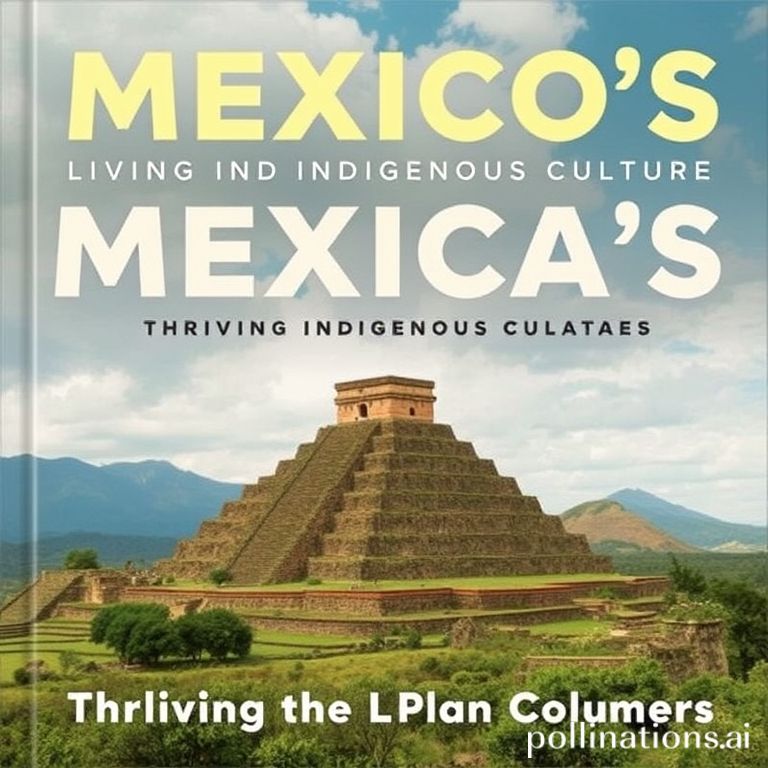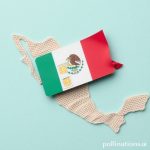Mexico, a land brimming with vibrant history and breathtaking landscapes, is also home to a rich tapestry of indigenous cultures. While modernization has touched many corners of the globe, several indigenous groups in Mexico have remarkably preserved their unique traditions, languages, and ways of life. Exploring these communities offers a profound glimpse into the enduring strength and resilience of ancestral heritage. From the misty mountains of Chiapas to the arid deserts of the north, these cultures continue to shape Mexico’s identity.
These communities offer not only a peek into the past but also an understanding of how ancient wisdom can coexist with the modern world. The preservation of their customs is a testament to their unwavering commitment to their heritage, providing valuable lessons in sustainability, community, and spiritual connection. Let’s delve into some of the most fascinating examples of indigenous cultures that still thrive in Mexico today.
The Maya of the Yucatán Peninsula
Perhaps one of the most well-known indigenous groups in Mexico, the Maya people have a history stretching back thousands of years. Today, millions of Maya descendants continue to live in the Yucatán Peninsula, preserving their language, traditional clothing, and agricultural practices. While many have embraced aspects of modern life, their commitment to their ancestral heritage remains strong.
Preserving the Mayan Language
- The Mayan language is still widely spoken in many parts of the Yucatán, with efforts being made to promote its use in schools and communities.
- Traditional Mayan stories and myths are passed down through generations, keeping their rich oral history alive.
Traditional Mayan Practices
- Many Maya communities still practice traditional farming techniques, such as the milpa system, which promotes biodiversity and sustainability.
- Traditional Mayan medicine, based on the use of medicinal plants and spiritual healing, is still widely practiced.
The Zapotec and Mixtec of Oaxaca
Oaxaca, known for its stunning landscapes and vibrant cultural scene, is home to the Zapotec and Mixtec peoples. These groups have a long and storied history, dating back to pre-Columbian times. Their unique artistic traditions, agricultural practices, and social structures have been remarkably preserved, adding to the state’s cultural richness.
Zapotec Weaving and Pottery
Zapotec artisans are renowned for their intricate weaving and pottery. Their textiles often feature traditional designs and symbols that reflect their cultural identity. Similarly, Zapotec pottery is highly sought after for its unique shapes, colors, and decorative motifs. These crafts are not only a source of income but also a way to preserve and celebrate their cultural heritage.
Mixtec Agricultural Practices
The Mixtec people have a deep connection to the land, and their agricultural practices reflect this. They have developed sustainable farming techniques that allow them to cultivate crops in the challenging terrain of the Oaxacan highlands. Their knowledge of the local environment and their ability to adapt to its conditions have been essential to their survival and cultural preservation.
The Wixárika (Huichol) of the Sierra Madre
Nestled in the rugged Sierra Madre mountains of central Mexico, the Wixárika, also known as the Huichol, have maintained a high degree of cultural autonomy. Their vibrant art, deeply spiritual beliefs, and unique social structures set them apart. Their commitment to preserving their ancestral traditions is evident in every aspect of their lives.
Huichol Art and Spirituality
Huichol art is famous for its vibrant colors, intricate designs, and deeply symbolic imagery. Yarn paintings, beaded sculptures, and other art forms are used to depict their cosmology, mythology, and spiritual beliefs. These artworks are not merely decorative but are an integral part of their spiritual practices and cultural identity.
Preserving Ancient Traditions
The Wixárika have successfully resisted external influences and maintained their traditional social structures, religious practices, and governance systems. Their commitment to preserving their ancestral traditions has allowed them to safeguard their cultural identity and way of life.
The Tarahumara (Rarámuri) of Chihuahua
In the rugged terrain of the Copper Canyon in Chihuahua, the Tarahumara, or Rarámuri, have adapted to the harsh environment while preserving their unique cultural identity. Known for their incredible running abilities and deep connection to the land, the Tarahumara have maintained their traditional way of life despite increasing external pressures.
Rarámuri Running Traditions
The Tarahumara are renowned for their long-distance running abilities. They participate in traditional races that can last for days, covering vast distances across the rugged terrain of the Copper Canyon. Running is not just a sport but an integral part of their culture, used for communication, hunting, and social cohesion.
Adapting to a Harsh Environment
The Tarahumara have developed unique strategies for survival in the challenging environment of the Copper Canyon. They practice sustainable agriculture, utilize natural resources wisely, and maintain a strong sense of community support. Their ability to adapt and thrive in a harsh environment is a testament to their resilience and resourcefulness.
Conclusion
The indigenous cultures of Mexico are not relics of the past but living, breathing communities that continue to shape the country’s identity. Their resilience, commitment to preserving their traditions, and deep connection to the land offer valuable lessons for us all. By celebrating and supporting these cultures, we can help ensure that their unique heritage continues to thrive for generations to come. The cultural richness of Mexico is deeply entwined with these communities, making their preservation vital for the nation’s identity.
If you found this exploration of Mexico’s indigenous cultures captivating, share it with your friends and family! Also, be sure to check out our other articles on the diverse wonders of life in Mexico.
IMAGE: A vibrant and colorful photograph capturing an indigenous festival in Oaxaca, Mexico. The scene is filled with people dressed in traditional clothing, participating in a lively dance with traditional musical instruments. The mood is joyous and celebratory, with bright sunlight enhancing the rich colors of the textiles and decorations. In the background, there are colonial buildings and lush green trees, providing a beautiful contrast between the old and the new. The style is documentary photography, aiming to capture the authentic spirit of the event.


